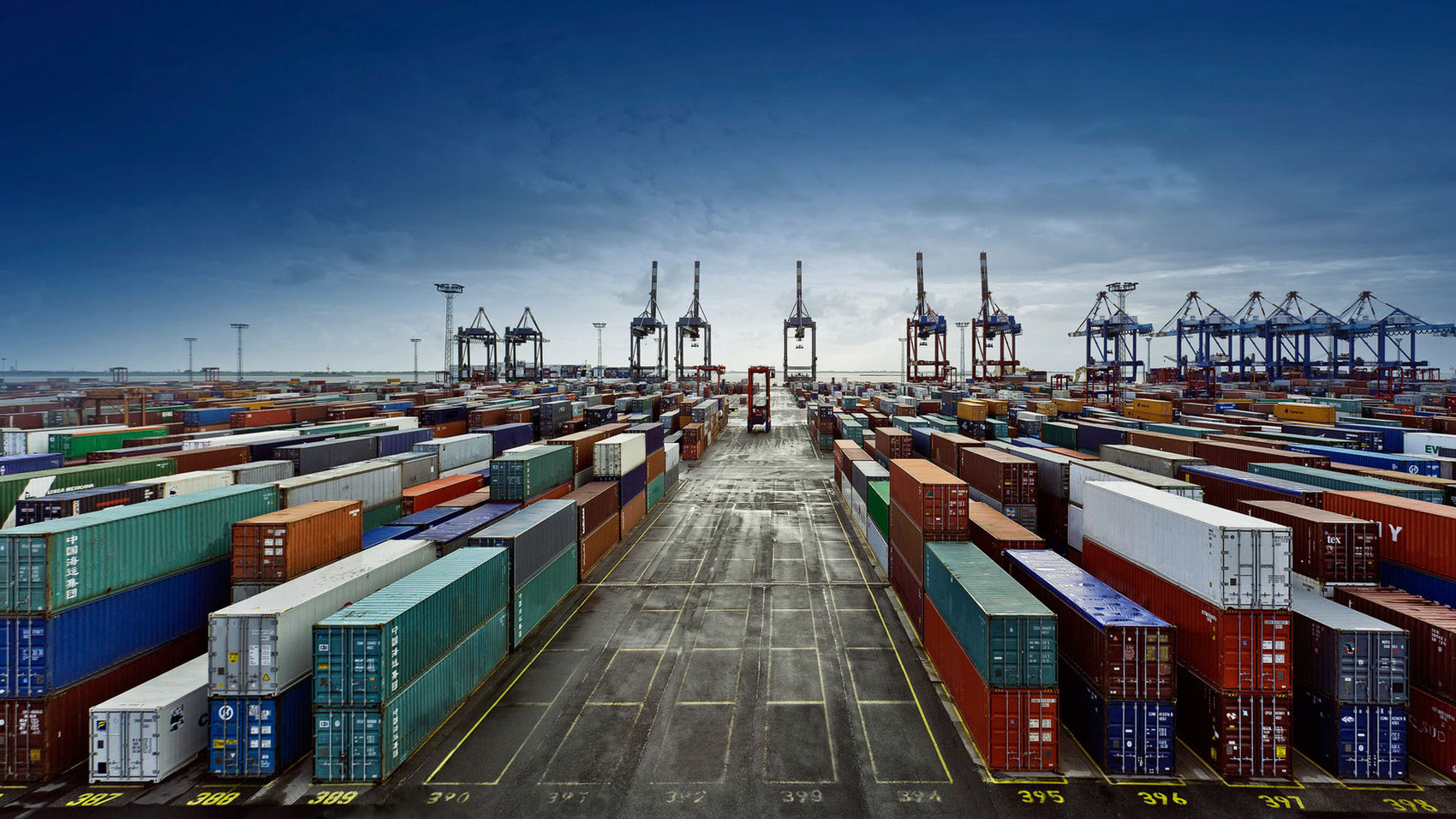Importing technology, satellites, antennas, and data center components is a complex process that requires careful planning to comply with all rules and regulations.
The federal law enforcement agency for technology and electronics imports in the United States is U.S. Customs and Border Protection (CBP), which ensures that imports comply with all applicable rules and regulations and levies tariffs and taxes.
Technology and electronic products from certain countries of origin may face restrictions in the US due to national security and other political considerations. Products from Canada and Mexico, for example, are not taxed (or, in very specific cases, pay minimal taxes), as stipulated by the North American Free Trade Agreement (NAFTA), while countries included in the Generalized System of Preferences (GSP), most of which are developing nations, get preferential rates.
Products from other countries like China face a stricter process. As of March 18th, all shipments containing products manufactured in the Asian nation must provide the factory’s ZIP code to be imported into the US. With this, the CBP seeks to prevent products manufactured in the Xinjiang Uygur Autonomous Region (XUAR) from entering the country.
Considerations Before Importing Into the US
Overview
If a business decides to manage the import process into the US on its own, it is best to seek advice from international trade experts or customs agents to ensure every step is carried out correctly and seamlessly.
Businesses that outsource this operation hire companies such as Aerodoc. With 25-plus years’ experience, we help import products into more than 170 territories, focusing on the IT, telecommunications, broadcasting, and satellite industries. We provide much more than logistics – we have a wide array of added-value portfolio services.
If you are looking to import products into the US, these are a few key aspects to consider.

Tariff Classification
This is a key aspect of every import process. Each product has a specific tariff code that determines which tariffs apply to it. To find out the tariff code for your product, seek help from international trade experts or use online tools.
Import Regulations
Familiarity with US importing regulations is also key. The CBP has different requirements for each kind of product; make sure to comply with all of them and submit the required documentation in a timely way.
Licenses and Permits
Certain tech products, like communications, cryptographic technology, or defense technology products, may require special licenses or permits to be imported. You should research this and obtain every license needed before importing your product to avoid problems.
Security/Compliance
Some tech products, especially those related to communications and electronics, must follow security and compliance regulations enforced by agencies such as the Federal Communications Commission (FCC) and the Food and Drug Administration (FDA). Ensure that your products follow such regulations to avoid issues at Customs.
Import Regulations
Tech products and electronics are usually fragile, sensitive objects. Make sure they are packaged properly to avoid damages during shipping. You also want to choose the right means of transportation and make sure the carrier has expertise in handling tech gear.

Taxes and Tariffs
Contemplate additional tax/duty-related costs in your budget. Tariffs may vary by product type and country of origin, so cost estimates are needed before importing.
Documentation and Customs Procedures
Prepare all the documentation required for importing products, such as commercial invoices, packaging lists, shipping documents, and other customs procedures. Make sure you complete every step properly to avoid delays, fines, or withheld products.
Documents and Procedures You Need to Import Merchandise Into the US
CBP Form 7501
One of the main documents in the process, CBP Form 7501 (Entry Summary) is used to provide a summary and information about a shipment sent to the US. This form must be submitted to the CBP upon arrival of the merchandise in the entry port/point to the US.
With 25-plus years’ experience, Aerodoc helps import products into more than 170 territories, focusing on the IT, telecommunications, broadcasting, and satellite industries. We provide much more than logistics – we have a wide array of added-value portfolio services.
CBP Form 7501 includes details about the imported merchandise such as a product description, the customs value, the country of origin, applicable taxes/duties, and other relevant information. It is an essential entry document for customs clearance and helps define the applicable taxes and duties.
Master Reference Number (MRN)
A unique MRN is assigned to each electronic bill of entry submitted to U.S. Customs through the Automated Commercial Environment (ACE) to identify and track it throughout the customs process.
MRNs are generated when an importer – or its customs broker – submits the import documentation electronically through ACE and are used to track the progress of customs clearance, from the moment the bill is submitted until the merchandise’s final release.
Before you import technology or equipment to any country, you should research and understand applicable regulations and restrictions to avoid legal and customs issues. Working with experts in Importer of Record (IoR) such as Aerodoc ensures a successful import process in compliance with every requirement.
If you want to learn more about our services, please contact our team.




